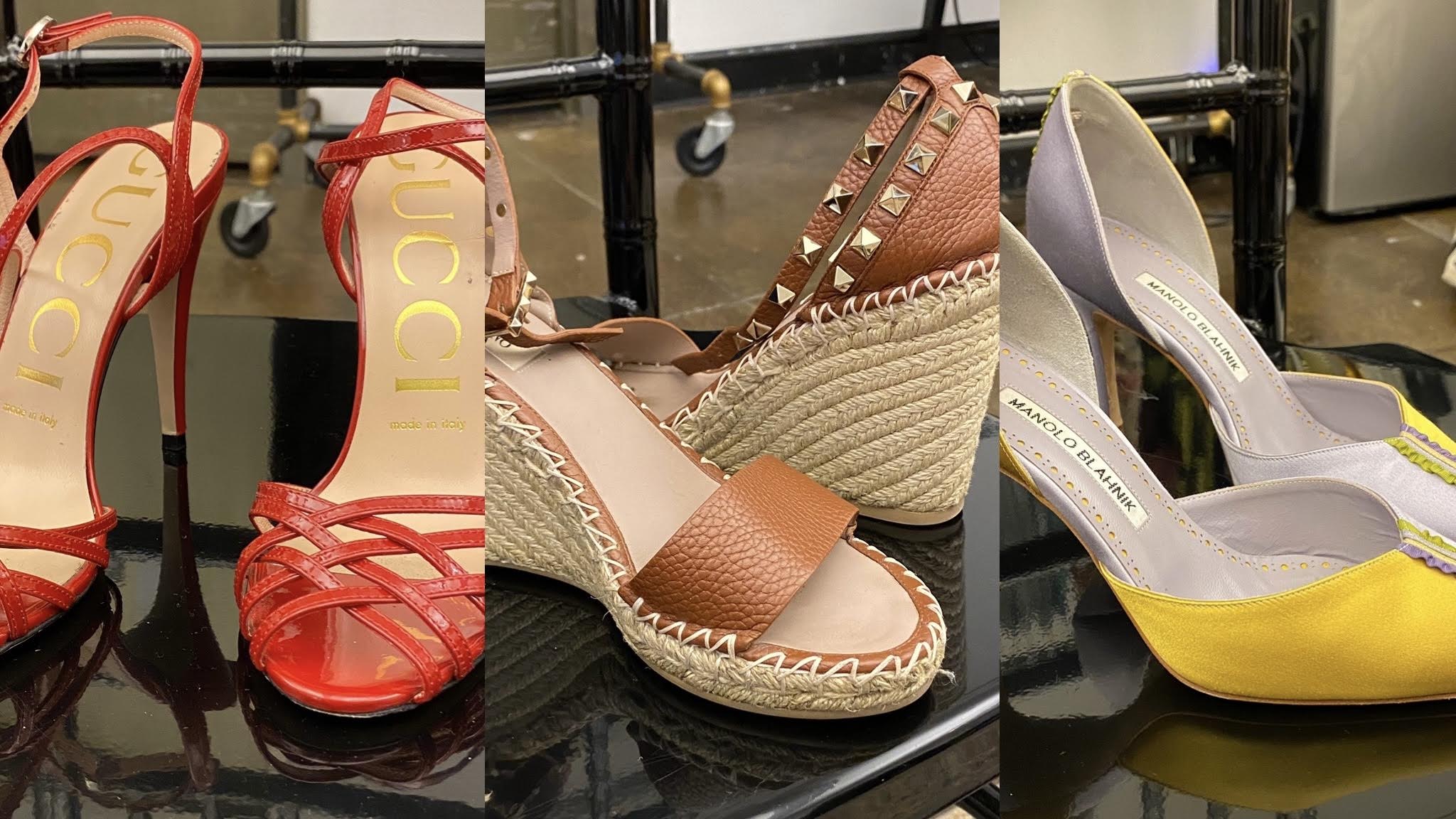4 Ways to Determine If You Are Being Greenwashed
Learn what to look for so you can shop for truly sustainable fashion
“We only have one planet we can call home. Therefore, we have a responsibility to do what we can to preserve its beauty and riches for generations to come. One way we can do this is by using our wallet wisely.”
-Aysha Saeed
The demand for sustainable clothing brands is at an all-time high.In a more socially-conscious world, buyers now expect better from the clothing brands that they know and love. They want good quality clothing made and delivered in eco-friendly ways by workers who are paid and treated fairly.
Unfortunately, too many of these brands don’t necessarily practice what they preach. They’ll say all the right words and use all the right images to lure in buyers and gain a profit, yet they don’t make any real changes behind the scenes. The marketing term for this kind of deception is called greenwashing, and it can be difficult to spot if you don’t know where to look.
Fortunately, there are ways for you to determine just how sustainable a brand really is. Below are some of the biggest factors you should look for when searching for a new go-to company.
And remember that even the most sustainable companies aren’t 100 percent perfect. Yet even gradual changes can make a huge impact across the world.
1. Know What Sustainability Means to You

The term “sustainability” can be defined as many different things to different people. If you live a vegan lifestyle, then it could mean eliminating animal products entirely from products you wear and use.
Sometimes, what’s most important is that your clothing is locally made and manufactured by workers that make livable wages. Or it could just be creating pieces in a completely eco-friendly way from start to finish. The company chooses completely natural or recycled fabric and makes their items in smaller batches.
Before you start your search for more sustainable clothing brands, you first have to. And once you know for sure what’s most important to you, then finding the right brands will be a lot easier.
2. Research the Company's Manufacturing Process

No matter which version of sustainability you’re looking for, you should always research the company’s manufacturing process as thoroughly as possible. This could include checking every page of their online website, reading social media reactions and online reviews, finding articles written by third parties, or even contacting the company directly.
Checking their product listings to see what materials they use. Do they purchase recycled or deadstock fabrics? And remember that having clothes made in another country isn’t inherently bad, as there are many small designers all over the world. Yet larger brands will do this so they can increase their profit margins by paying their workers poverty wages. And that’s something you’ll want to steer clear of.
Also, how many batches are these companies producing? If they’re releasing continuous amounts of clothing throughout the year, that’s a major red flag. Clothing overproduction is one of the leading polluters across the world right now. The best companies out there release smaller, high-quality batches only a few times a year. This makes for less wasted materials and labor.
3. Check How Open A Company Is About Its Practices

Any fashion company that does not want to answer questions or address their sustainability practices should automatically send up red flags. Not only does this mean that they practice greenwashing, if it's part of their marketing, but it could also indicate that they may have less-than-ethical practices behind the scenes.
When conducting your research, make note of how many questions they can’t answer. Pay close attention to what employees are saying, and see how this company measures up against regulated standards. And always make sure that their promoted values and ethics line up with what’s being said by outside sources.
Also, if they have third party certifications to showcase, such as Fairtrade, Better Cotton Initiative, or BLUESIGN, that’s even better.
4. Consider Packaging and Delivery Practices

Although many brick and mortar stores still get plenty of customers, online shopping is the way to go for most people today. Yet the process of packing and shipping out each order can undo all the work they’ve done to be sustainable. Therefore, clothing designers have to find ways to make it as eco-friendly as possible.
Remember that how a garment is packed and shipped matters just as much as how it’s made. How much material do they use when preparing each online order? Do they use plastic wrap or paper to contain each item? Do they use recycled boxes or create brand new ones with every order?
A good company will use as little material as possible, all recycled or biodegradable, and give the buyer the chance to offset carbon emissions. Some can also offer ground delivery, or personally deliver an item themselves, to reduce air pollution.
AYSHA NY Brings Sustainable Practices to NYC

When AYSHA NY NY was first founded, we made sure that sustainability was one of our top pillars. And years later, with climate change now a major issue, it’s become even more important to us today. Below are just a few of our regular practices to give you an idea.
1. Instead of relocating our labor overseas, we rely on local artisans right here in New York City to create each of our garments.
2. If available, we prefer using dead fabric that’s already been made and is left over, so it doesn’t go to waste.
3. We also don’t use any animal products in our clothes, whether it's leather or silk, making our entire line vegan-friendly.
4. You’ll also notice that we reuse much of our fabric for multiple pieces. And anything we can’t reuse is donated to nearby fashion schools.
5. 95 percent of what we design goes right into production. When we commit ourselves to making a brand new garment, we commit all the way so as not to waste any materials or labor.
6. We ship on-line orders with the least amount of fuss to keep waste down. For example, our garments are not shipped with any hang tags. We learned hang tags on garments are the first thing customers cut off and throw out. So why put them on in the first place?
“AYSHA NY will not be able to solve the climate change crisis but we are doing what we can….and that is something I am very passionate about.”
-Aysha Saeed
More Blog Content

































